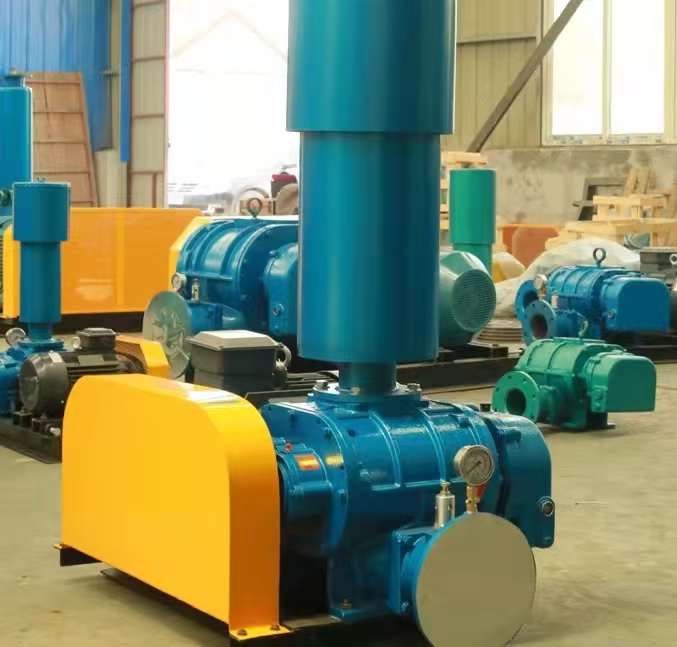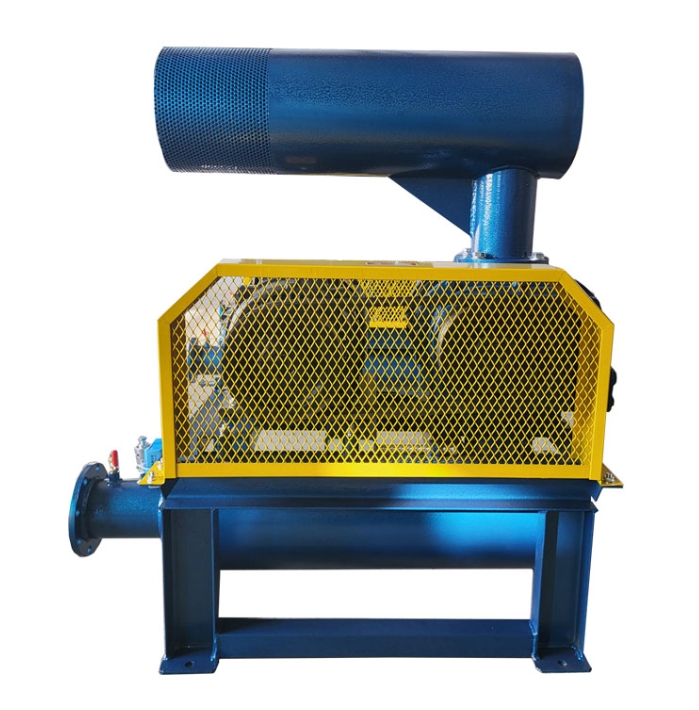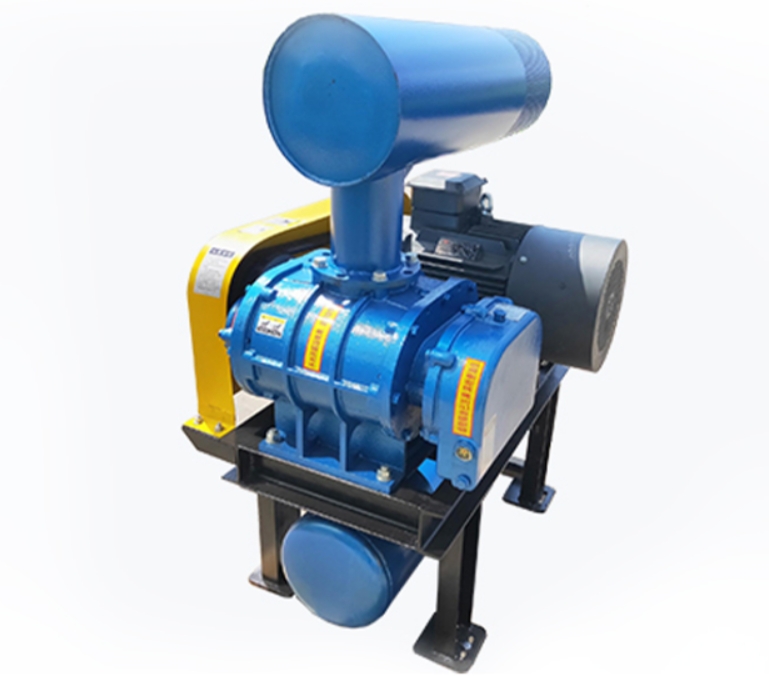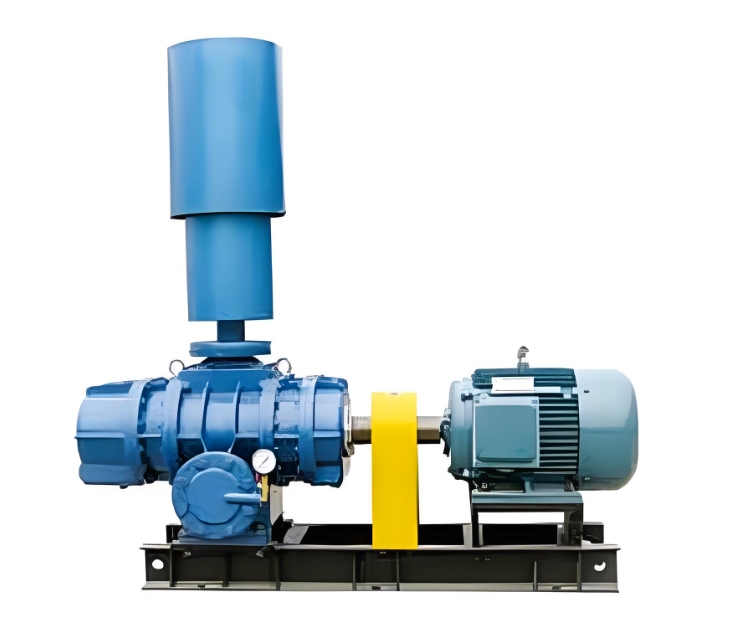Detailed explanation of the function of Roots blower

1、 Industrial applications
1. Sewage treatment:
-Provide the necessary air for aeration
-Promote microbial degradation of organic matter
-Typical parameters: air volume 20-100m3/min, pressure 49-98kPa
2. Pneumatic conveying:
-Powder material conveying
-Grain processing industry
-Chemical raw material transportation
2、 Application of Environmental Protection Engineering
1. Flue gas desulfurization system
2. Garbage incineration plant
3. Exhaust gas treatment device
3、 Special occasions application
1. Aquaculture oxygenation
2. Medical equipment gas supply
3. Laboratory vacuum system
4、 Key selection points
1. Determine the required air volume
2. Calculate system resistance
3. Consider the characteristics of the medium
4. Environmental condition requirements
5、 Precautions for use
1. Reverse operation is strictly prohibited
2. Prevent foreign objects from entering
3. Regularly replace lubricating oil
4. Pay attention to the impact of temperature changes
Characteristics analysis of Roots blower
1、 Structural characteristics
1. No internal compression process
2. Mandatory gas transmission characteristics
3. Symmetrical balance design
4. Hard tooth gear transmission
2、 Performance characteristics
1. Traffic characteristics:
-Flow rate is proportional to rotational speed
-Almost unaffected by pressure changes
-Pulsating airflow output
2. Pressure characteristics:
-Wide range of work pressure
-Up to 98kPa (single-stage)
-196kPa (dual level)
3、 Operating characteristics
1. Startup features:
-Need to start with no load
-High starting current
-Suggest using a soft start device
2. Adjustment characteristics:
-Speed regulation is the most economical
-Bypass regulation is simple and reliable
-Not recommended for import throttling regulation
4、 Economic analysis
1. Initial investment cost
2. Comparison of operating energy consumption
3. Maintenance and upkeep expenses
4. Service life assessment
5、 Development Trends
1. Energy saving design
2. Application of low-noise technology
3. Intelligent monitoring system
4. Application of new materials





